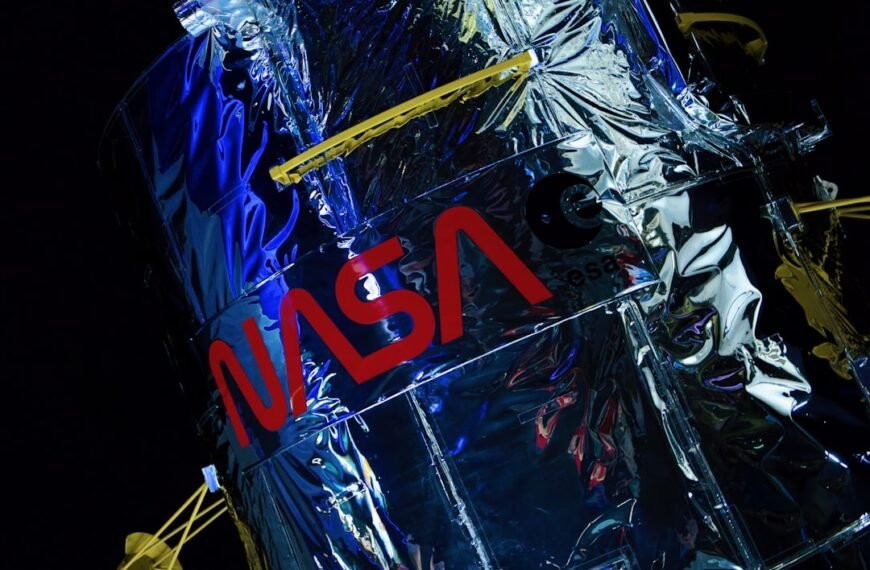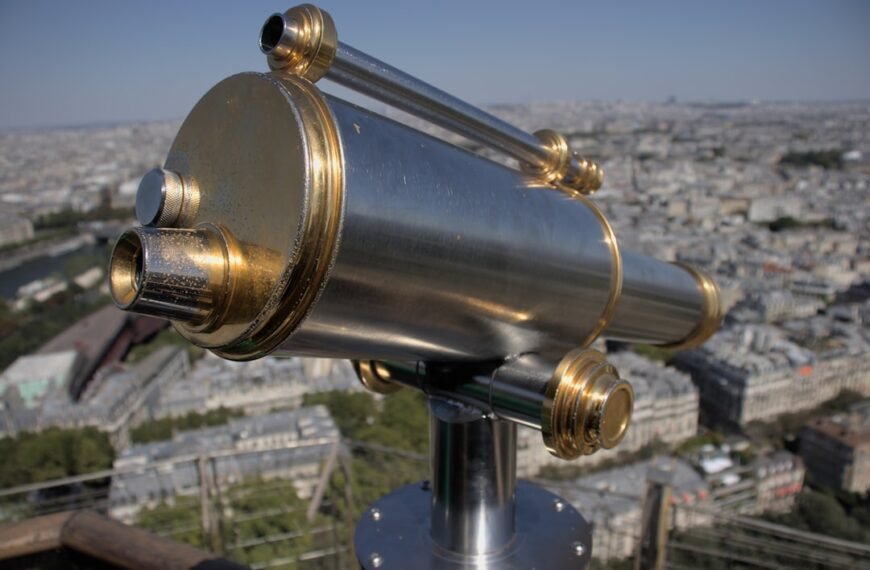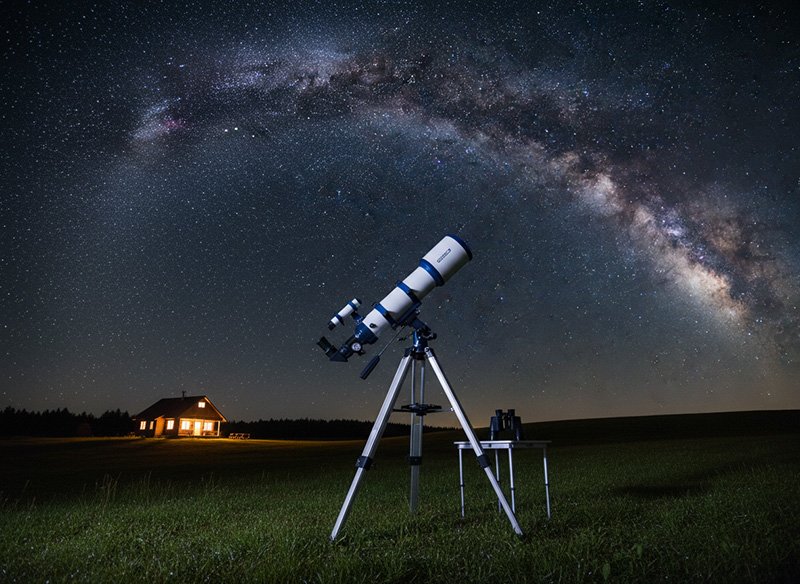The future of telescopes is an exciting and rapidly evolving field that promises to revolutionize our understanding of the universe. With advancements in technology and engineering, future telescopes are poised to provide unprecedented insights into the cosmos. These next-generation telescopes will be equipped with cutting-edge instruments and capabilities that will enable scientists to peer deeper into space and time than ever before. From studying the early universe to searching for exoplanets and potentially discovering extraterrestrial life, the future of telescopes holds immense promise for unraveling the mysteries of the cosmos.
The development of future telescopes is driven by the quest to push the boundaries of our knowledge and understanding of the universe. These telescopes will be designed to capture high-resolution images of celestial objects, study the composition of distant worlds, and probe the fundamental forces and phenomena that govern the cosmos. With advancements in adaptive optics, spectroscopy, and imaging technologies, future telescopes will be able to observe celestial objects with unprecedented clarity and precision. Furthermore, these telescopes will be equipped with advanced data processing and analysis capabilities, allowing scientists to extract valuable insights from the vast amounts of data collected from their observations. As we look ahead to the future of telescopes, it is clear that these powerful instruments will play a pivotal role in shaping our understanding of the universe and our place within it.
Key Takeaways
- Future telescopes will revolutionize our understanding of the universe by providing unprecedented views of distant worlds and early universe discoveries.
- Early universe discoveries, such as the cosmic microwave background radiation, offer insights into the origins and evolution of the universe.
- Distant world exploration will allow us to study exoplanets and potentially discover habitable environments beyond our solar system.
- The search for exoplanets using future telescopes will help us understand the prevalence and diversity of planetary systems in the galaxy.
- Future telescopes will play a crucial role in understanding dark matter and dark energy, two mysterious components that make up the majority of the universe’s mass and energy.
- Unveiling the origins of galaxies through future telescopes will provide insights into the formation and evolution of these cosmic structures.
- Future telescopes have the potential to discover extraterrestrial life by studying the atmospheres of exoplanets for signs of biological activity.
Early Universe Discoveries
One of the most compelling areas of research for future telescopes is the study of the early universe. By peering back in time to the moments after the Big Bang, these telescopes will provide crucial insights into the formation and evolution of the cosmos. Future telescopes will be able to detect and study the faintest signals from the early universe, such as the cosmic microwave background radiation, which holds valuable clues about the conditions of the universe shortly after its inception. By studying these ancient light patterns, scientists hope to gain a deeper understanding of the processes that led to the formation of galaxies, stars, and other cosmic structures.
In addition to studying the cosmic microwave background radiation, future telescopes will also be capable of detecting and studying the first generation of stars and galaxies that formed in the early universe. These ancient celestial objects hold important clues about the conditions and processes that shaped the early cosmos. By studying their properties and characteristics, scientists hope to gain insights into the mechanisms that drove the formation of these early cosmic structures. Furthermore, future telescopes will be able to study the distribution of dark matter and dark energy in the early universe, shedding light on these enigmatic components that make up the majority of the cosmos. The study of the early universe with future telescopes holds immense promise for advancing our understanding of the origins and evolution of the cosmos.
Distant World Exploration
Future telescopes will also play a crucial role in exploring distant worlds within our own solar system and beyond. With advancements in imaging and spectroscopic technologies, these telescopes will be able to study the surfaces, atmospheres, and compositions of planets, moons, asteroids, and other celestial bodies in unprecedented detail. By studying these distant worlds, scientists hope to gain insights into their geological processes, potential for habitability, and their roles in shaping the evolution of our solar system.
One of the most exciting prospects for future telescopes is the study of exoplanets – planets that orbit stars outside of our solar system. With advanced imaging techniques, future telescopes will be able to directly image exoplanets and study their atmospheres for signs of habitability and potential biosignatures. Additionally, future telescopes will be equipped with spectroscopic capabilities that will allow scientists to analyze the compositions of exoplanet atmospheres, providing valuable insights into their potential for hosting life. The exploration of distant worlds with future telescopes holds great promise for expanding our understanding of planetary systems beyond our own and potentially identifying habitable environments beyond Earth.
Search for Exoplanets
The search for exoplanets is a key focus for future telescopes, as it represents a significant opportunity to discover potentially habitable worlds beyond our solar system. With advancements in observational techniques and data analysis methods, future telescopes will be able to detect and characterize a wide range of exoplanets, from rocky terrestrial worlds to gas giants and ice giants. These telescopes will utilize a variety of detection methods, including transit photometry, radial velocity measurements, direct imaging, and gravitational microlensing, to identify and study exoplanets across a wide range of distances from their host stars.
In addition to detecting exoplanets, future telescopes will be able to study their atmospheres and compositions in detail. By analyzing the light that passes through an exoplanet’s atmosphere during a transit event, scientists can infer its chemical composition and potentially detect signs of habitability or even signs of life. Furthermore, future telescopes will be able to study exoplanet systems in greater detail, including their orbital dynamics, planetary compositions, and potential for hosting moons or rings. The search for exoplanets with future telescopes holds immense promise for expanding our understanding of planetary systems beyond our own and potentially identifying environments that could support life beyond Earth.
Understanding Dark Matter and Dark Energy
Future telescopes will also play a crucial role in advancing our understanding of dark matter and dark energy – two mysterious components that make up the majority of the cosmos. With advanced observational capabilities, these telescopes will be able to study the distribution and properties of dark matter and dark energy on cosmic scales. By mapping out the distribution of dark matter in the universe, future telescopes will provide valuable insights into its role in shaping the large-scale structure of the cosmos and its influence on galaxy formation and evolution.
In addition to studying dark matter, future telescopes will also be able to probe the nature of dark energy – the mysterious force that is driving the accelerated expansion of the universe. By studying distant supernovae, galaxy clusters, and other cosmic phenomena, these telescopes will provide crucial data that can help scientists unravel the nature of dark energy and its implications for the fate of the universe. Furthermore, future telescopes will be able to study the cosmic microwave background radiation with unprecedented precision, providing valuable insights into the early universe and its interactions with dark matter and dark energy. The study of dark matter and dark energy with future telescopes holds great promise for advancing our understanding of these enigmatic components that shape the cosmos.
Unveiling the Origins of Galaxies

Future telescopes will also provide valuable insights into the origins and evolution of galaxies – cosmic structures that are fundamental building blocks of the universe. With advanced imaging capabilities, these telescopes will be able to study galaxies across a wide range of distances and cosmic epochs, providing crucial data on their formation processes, interactions with other galaxies, and their roles in shaping the large-scale structure of the cosmos. By studying galaxies in different stages of their evolution, scientists hope to gain insights into the processes that drove their formation and how they have evolved over billions of years.
In addition to studying individual galaxies, future telescopes will also be able to study galaxy clusters – massive cosmic structures that are composed of hundreds or thousands of galaxies bound together by gravity. By studying galaxy clusters in detail, scientists can gain insights into their formation processes, interactions with other clusters, and their roles in shaping the cosmic web – the large-scale structure of cosmic filaments and voids that make up the universe. Furthermore, future telescopes will be able to study the properties and distributions of different types of galaxies, including spiral galaxies, elliptical galaxies, and irregular galaxies, providing valuable insights into their formation mechanisms and evolutionary paths. The study of galaxies with future telescopes holds immense promise for advancing our understanding of these cosmic structures and their roles in shaping the universe.
Potential for Discovering Extraterrestrial Life
One of the most tantalizing prospects for future telescopes is the potential for discovering extraterrestrial life beyond Earth. With advanced observational techniques and data analysis methods, these telescopes will be able to search for signs of life on exoplanets within our own galaxy and potentially beyond. By studying exoplanet atmospheres for biosignatures – chemical compounds or atmospheric conditions that are indicative of biological activity – future telescopes could potentially detect evidence of extraterrestrial life.
In addition to studying exoplanets for signs of life, future telescopes will also be able to search for potential extraterrestrial civilizations by scanning for technosignatures – signals or artifacts that are indicative of advanced technological activity. By surveying a wide range of frequencies across different parts of the electromagnetic spectrum, these telescopes could potentially detect signals from advanced civilizations that are harnessing energy on a cosmic scale or transmitting intentional communications across interstellar distances. The search for extraterrestrial life with future telescopes holds immense promise for answering one of humanity’s most profound questions – are we alone in the universe? As we look ahead to the future of telescopes, it is clear that these powerful instruments hold great potential for unlocking the mysteries of extraterrestrial life beyond Earth.
In conclusion, future telescopes represent a transformative force in our quest to understand the cosmos. From studying the early universe to exploring distant worlds, searching for exoplanets, unraveling the mysteries of dark matter and dark energy, unveiling the origins of galaxies, and potentially discovering extraterrestrial life, these powerful instruments hold immense promise for advancing our understanding of the universe and our place within it. As we continue to push the boundaries of technology and engineering, we can look forward to a new era of discovery and exploration with future telescopes at the forefront of scientific advancement.
Discover more about the mysteries of the universe and the search for extraterrestrial life in the fascinating article “The Universe: A Journey Through Space and Time” on The Universe Episodes. Delve into the latest discoveries and theories about the early universe and distant worlds, and explore the possibility of disclosure in our quest to understand the cosmos. For more captivating content on space exploration and cosmic phenomena, visit The Universe Episodes to expand your knowledge and ignite your curiosity about the wonders of the universe.
FAQs
What are future telescopes?
Future telescopes refer to the next generation of space and ground-based telescopes that are being developed to explore the universe with improved capabilities and technologies.
What will future telescopes reveal about the early universe?
Future telescopes are expected to reveal more about the early universe by studying the cosmic microwave background radiation, detecting the first stars and galaxies, and understanding the processes that led to the formation of the universe.
How will future telescopes study distant worlds?
Future telescopes will study distant worlds by using advanced imaging techniques to directly image exoplanets, analyze their atmospheres for signs of life, and study the composition and conditions of exoplanets in other star systems.
What technologies will future telescopes use?
Future telescopes will use advanced technologies such as adaptive optics, coronagraphs, and next-generation space-based observatories to improve imaging, spectroscopy, and data collection capabilities.
What are the potential implications of future telescope discoveries?
The potential implications of future telescope discoveries include gaining a better understanding of the origins of the universe, finding habitable exoplanets, and potentially discovering signs of extraterrestrial life.
























